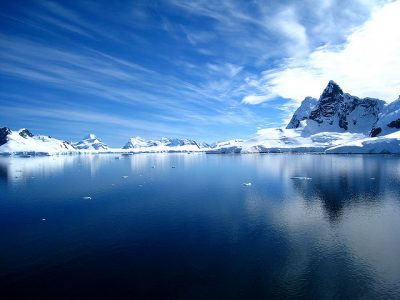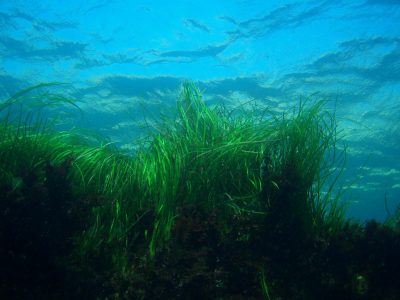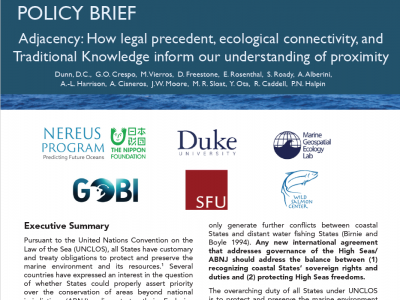Reproductive strategies and rockfish: A life history traits framework for fisheries management
Any trip to an aquarium or seafood market reveals the incredible variety of fishes. These fishes not only differ in how they look, but in traits related to life history. Life history traits include maximum body size, longevity, age at maturity, and fecundity – the number of eggs produced. Fishes that have the same phylogeny, or evolutionary history, share similar traits. Conversely, unrelated fishes occasionally evolve similar traits independently.











